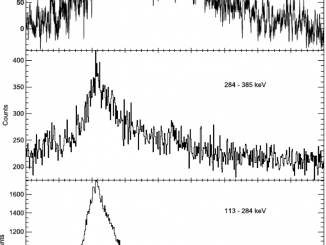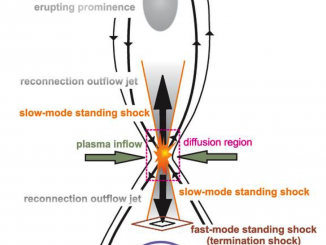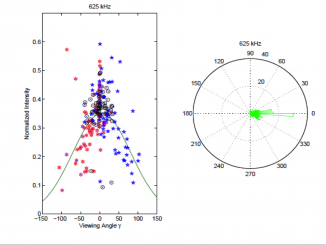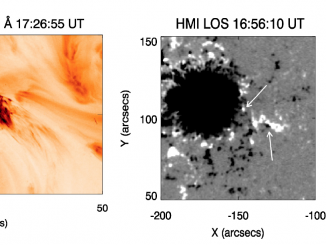Simultaneous Submillimeter and Hard X-Ray Intermittent Processes during Flares
by Guillermo Giménez de Castro et al.*
Intermittency is a disruptive characteristic of a process, which can be associated, in many cases, with a sudden energy release. Intermittency is a key characteristic of flares that should become evident in the flux time evolution at many different wavelengths. We investigate the similarities and differences of the intermittency during a solar flare in bremsstrahlung hard X-rays and synchrotron+free-free submillimeter emission. For this we chose a particular event that presents […]




